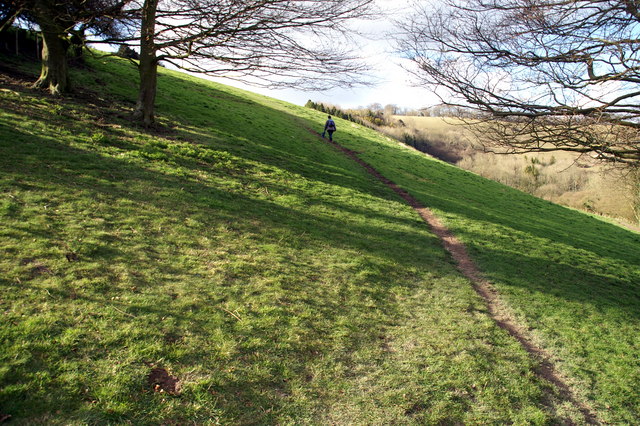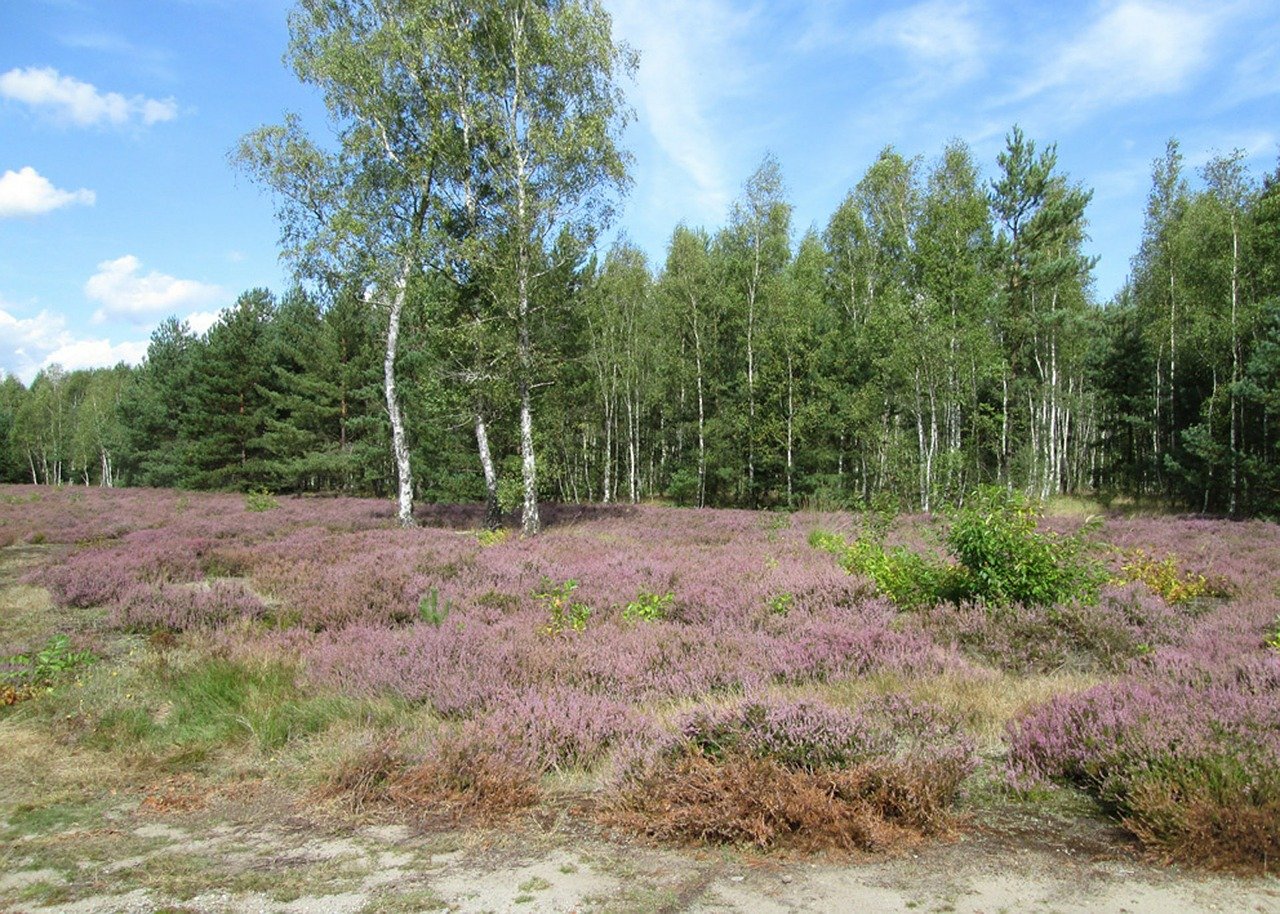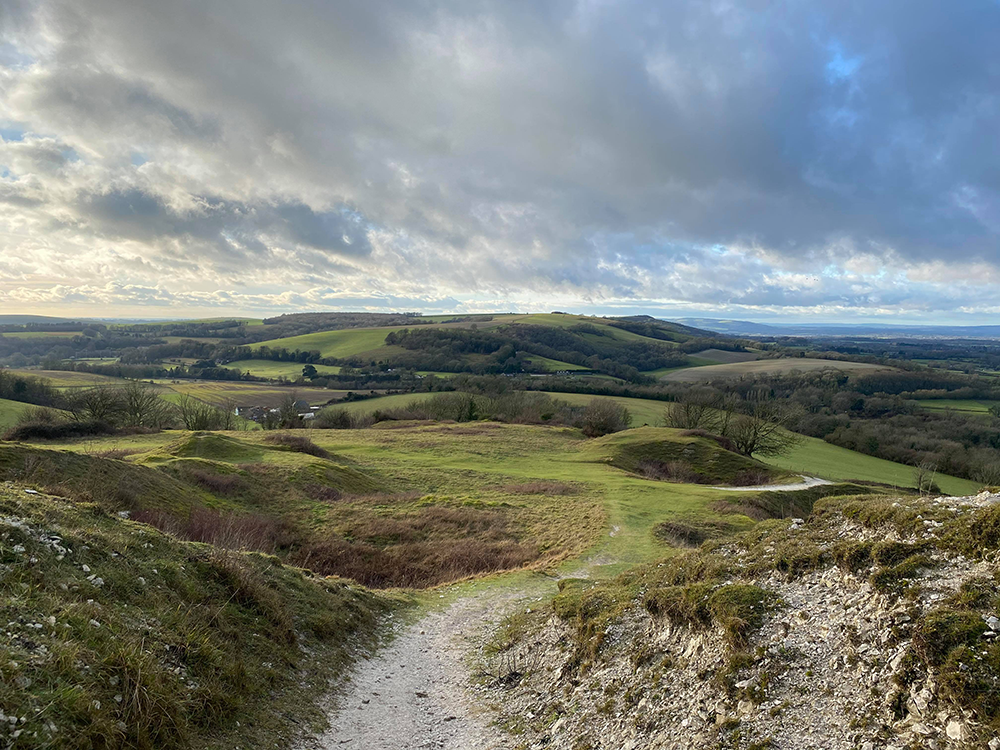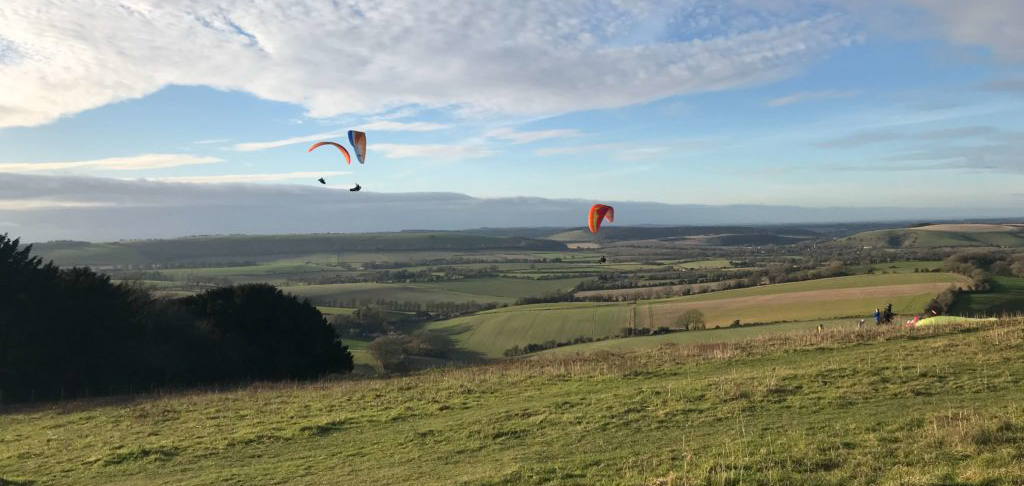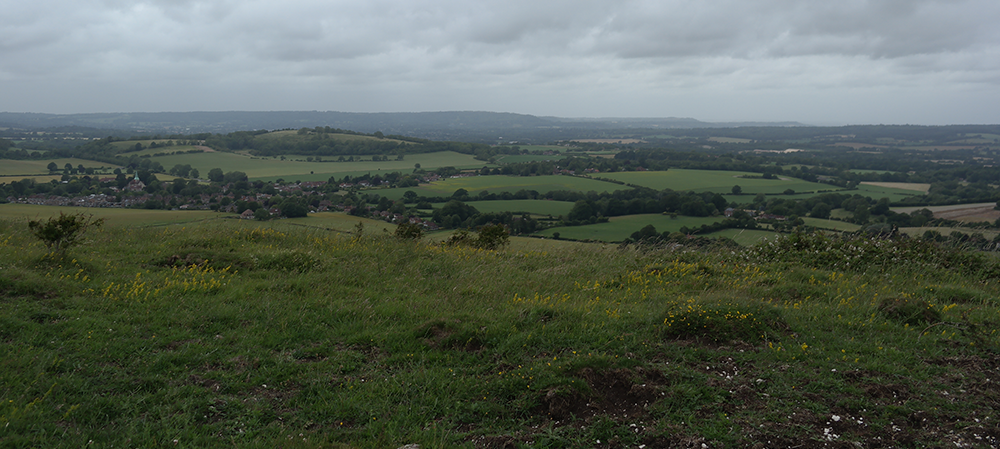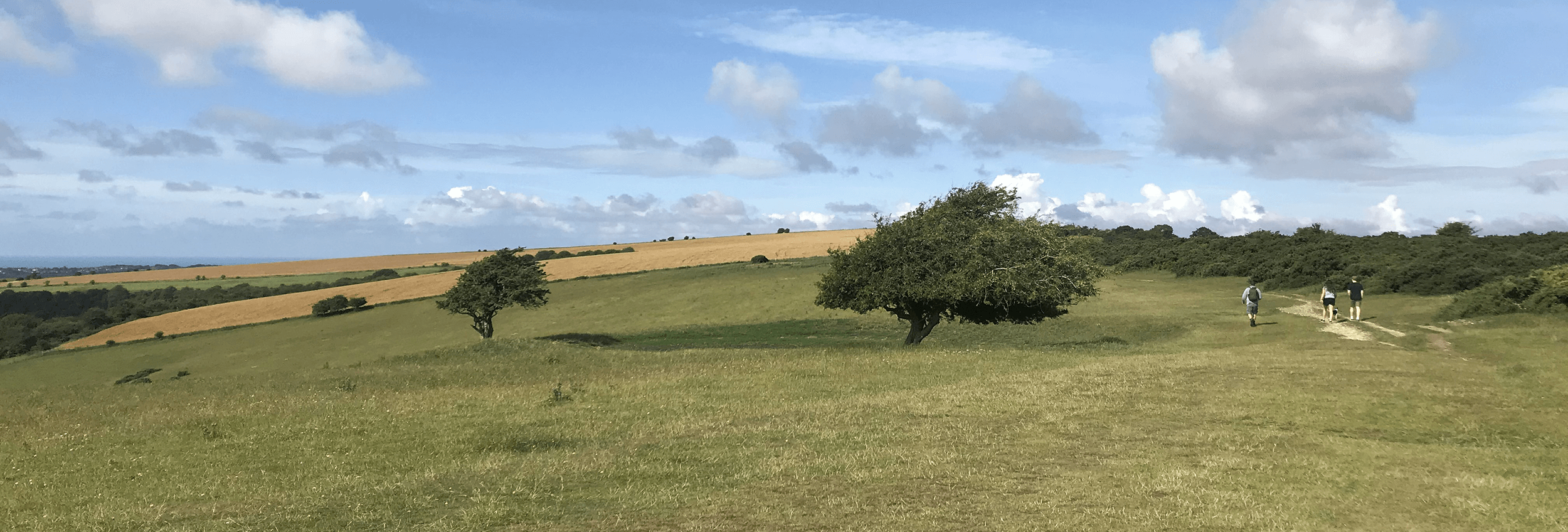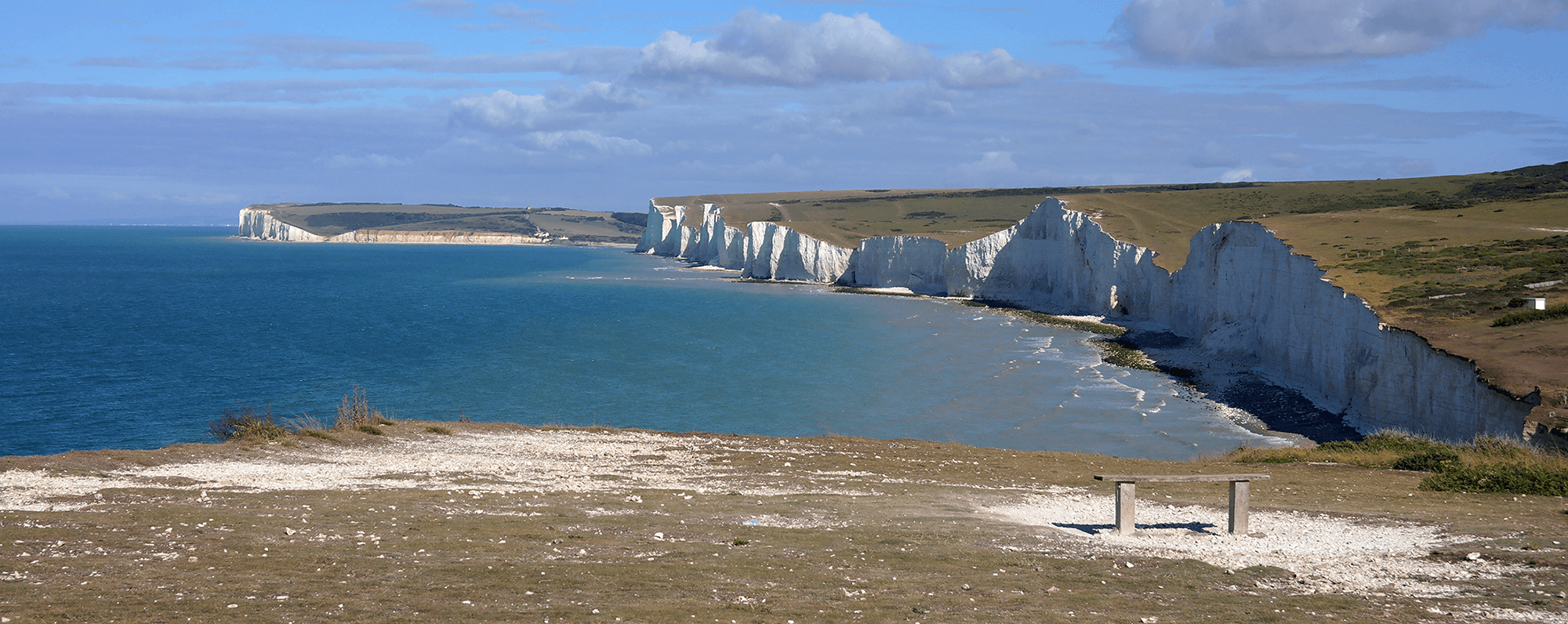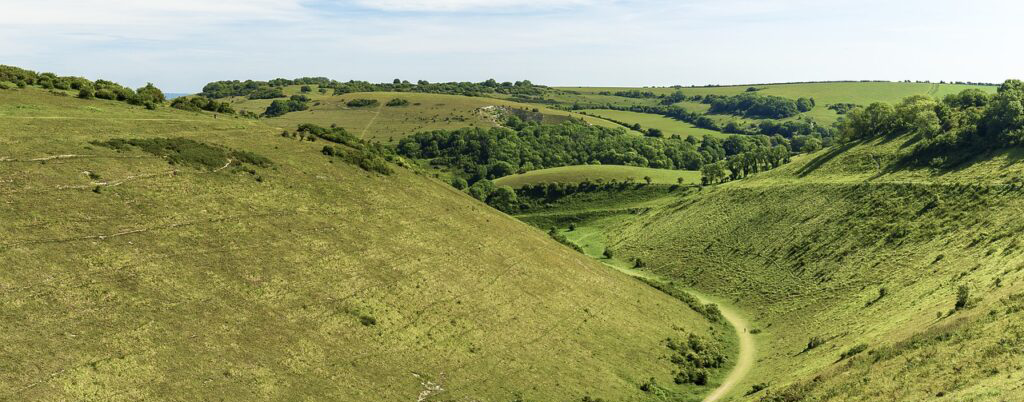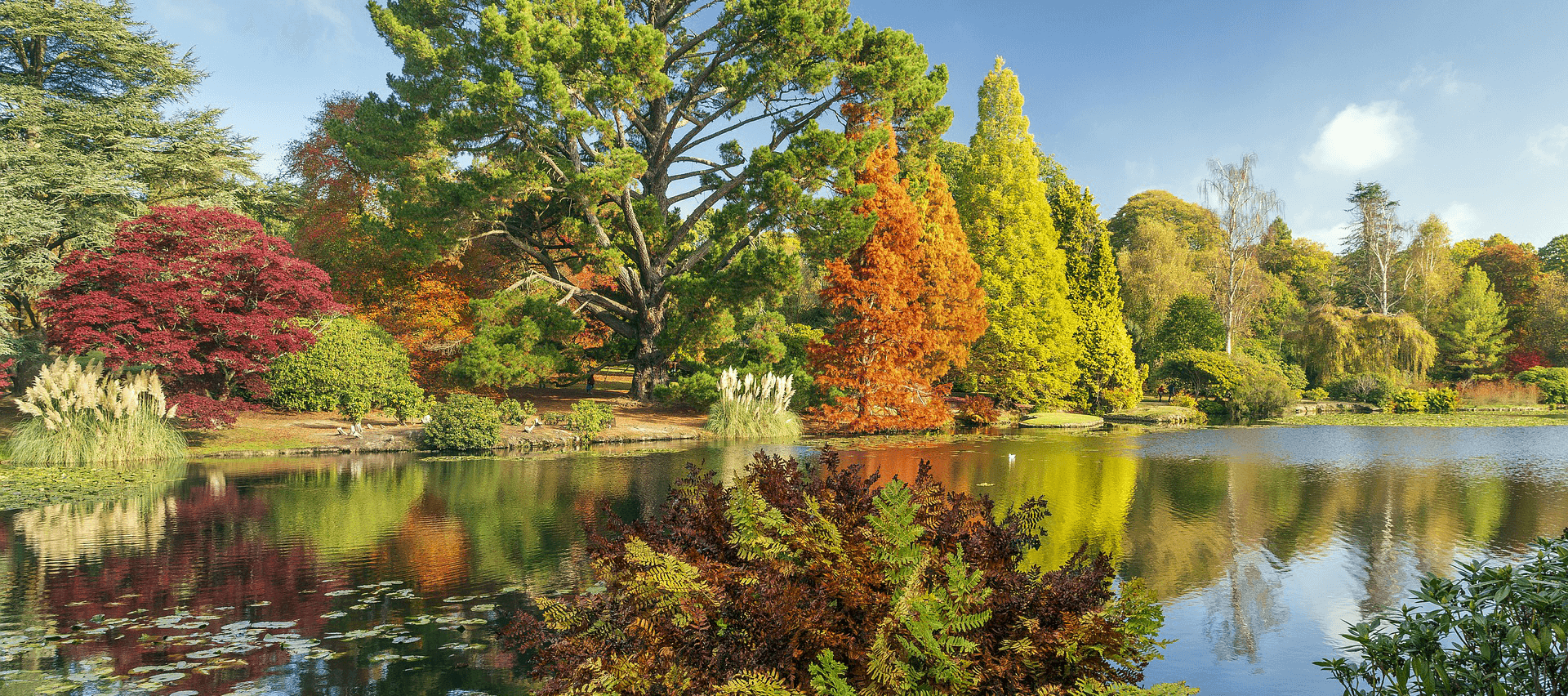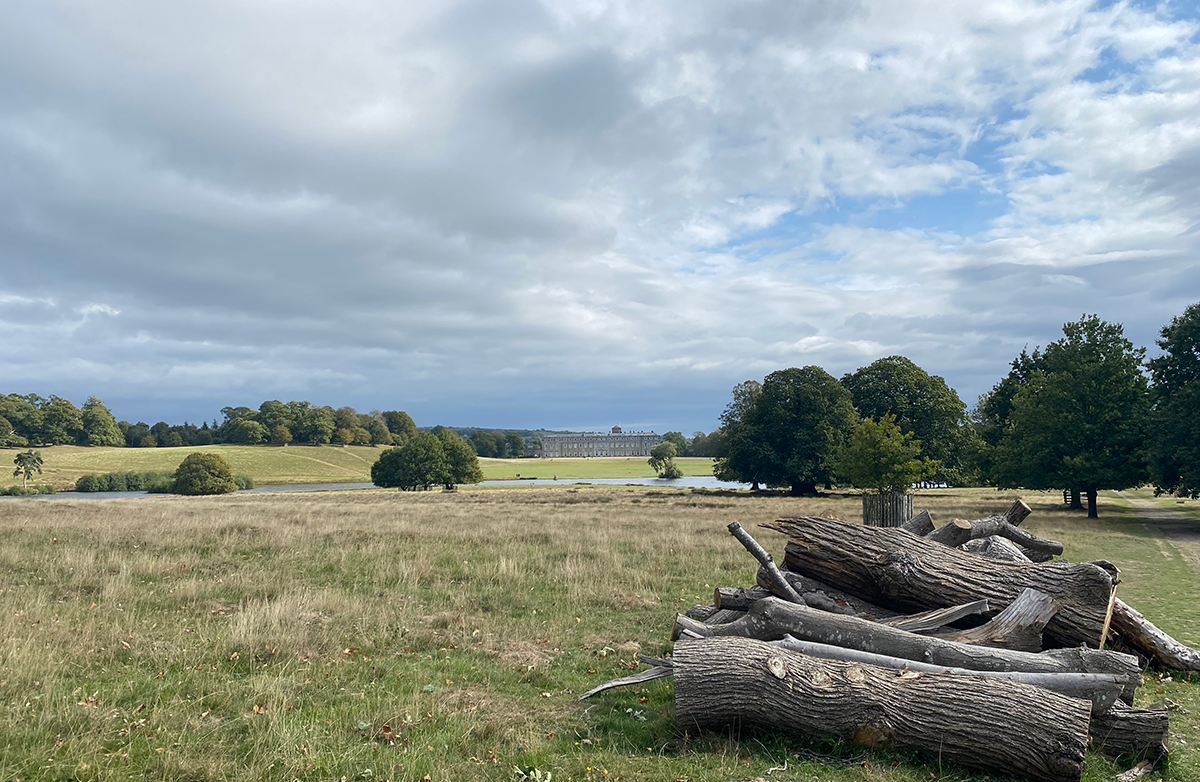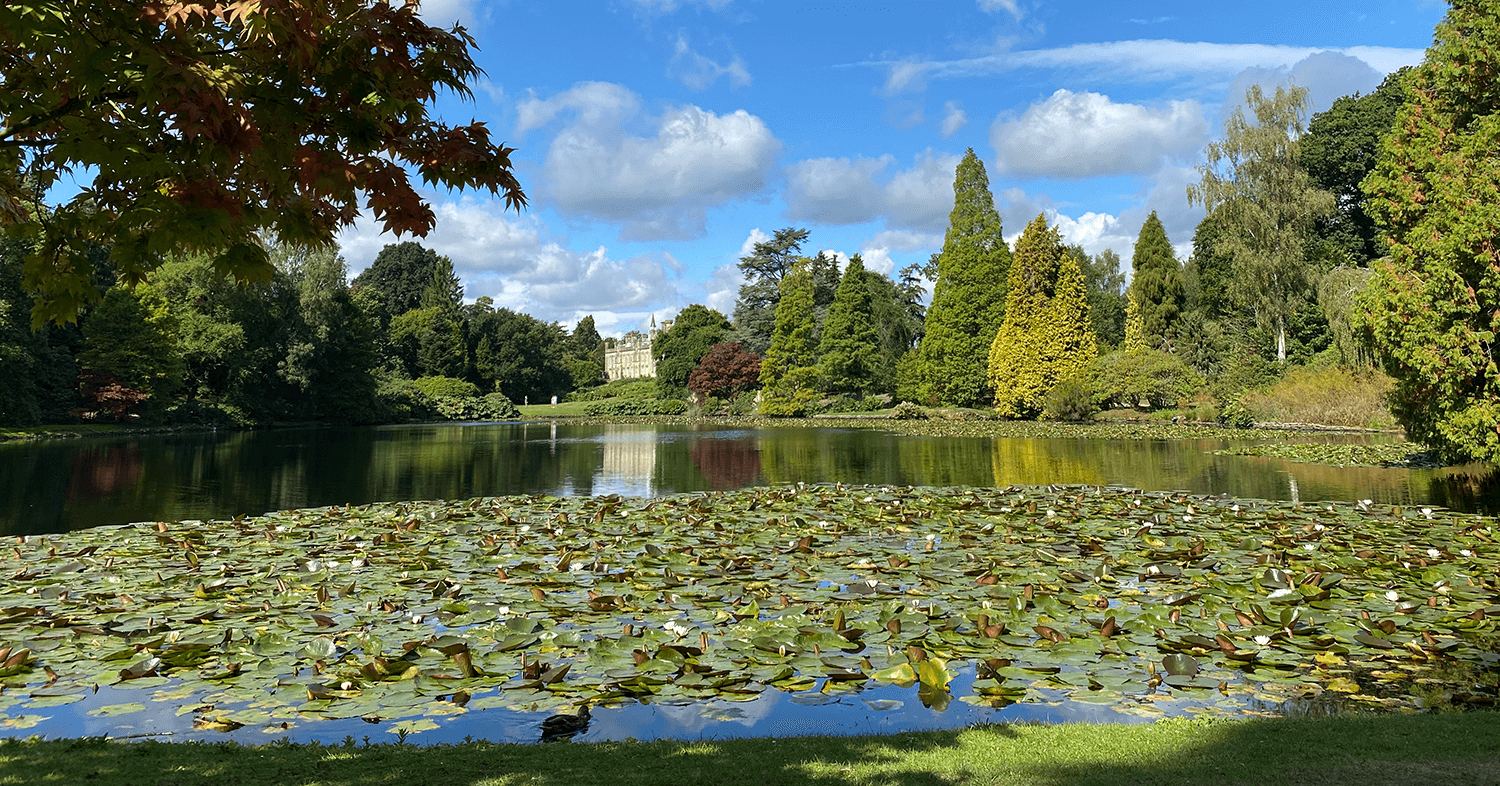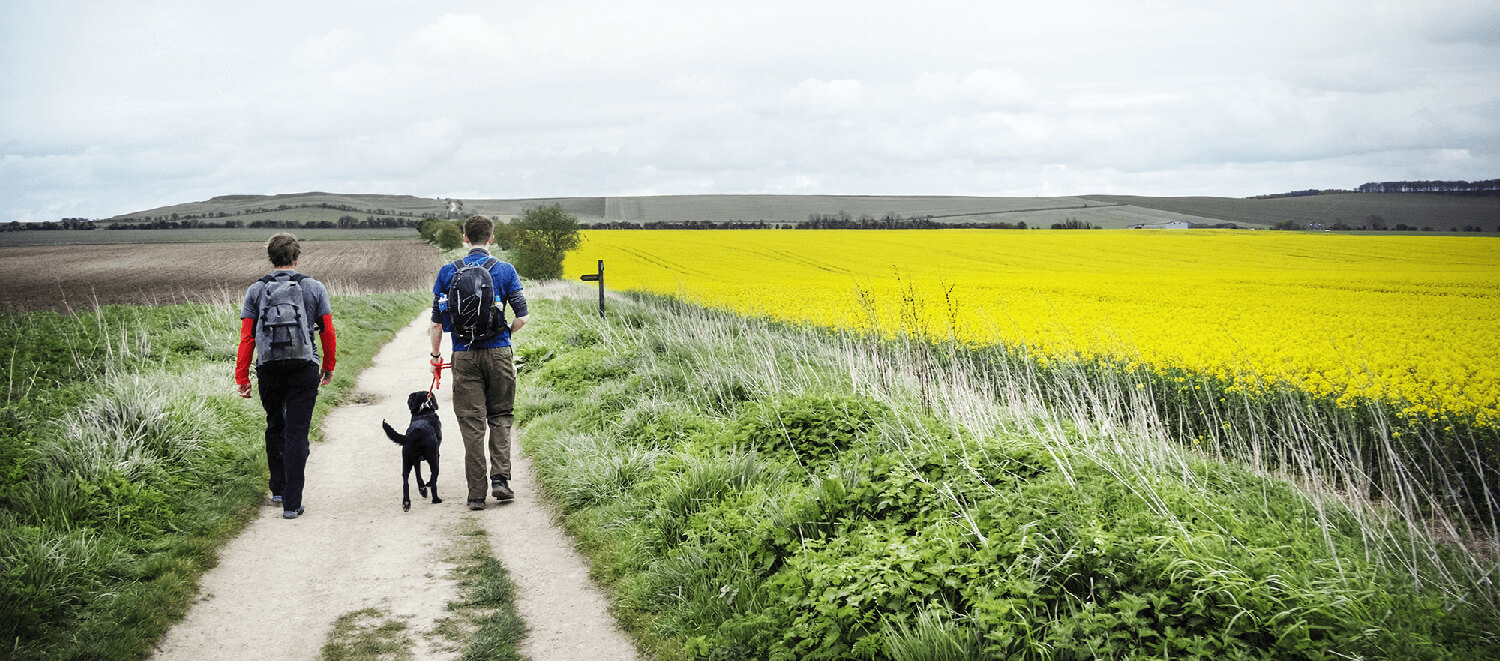The countryside is a precious and fragile environment, and we all have a responsibility to ensure its preservation for future generations. The Countryside Code serves as a guide, providing essential principles and guidelines for individuals to follow when exploring and enjoying rural areas.
First and foremost, respecting the countryside and its communities is paramount. It is crucial to be mindful of local residents, farmers, and landowners, ensuring that your presence does not disrupt their daily activities. Treat them with courtesy and consideration, and be aware of any specific rules or restrictions in place.
Preserving nature and wildlife is another vital aspect of the Countryside Code. Remember to leave no trace of your visit, taking all litter with you and disposing of it responsibly. Avoid damaging fences, crops, or habitats, and be mindful of the impact you may have on the natural environment. By leaving the countryside as you found it, you help protect its delicate balance and allow others to appreciate its beauty.
When accessing the countryside, stick to designated paths and trails. Respect any signage or restrictions, as they are in place to safeguard the environment or protect wildlife. By staying on authorized routes, you minimize your impact on sensitive areas and reduce the risk of disturbing wildlife habitats. You can visit The South Downs Trust and National Trust for more information on how to support the preservation of heritage sites and environmental biodiversity.
Keeping dogs under control is also an essential aspect of responsible countryside enjoyment. Ensure your furry companions are on a leash where required and keep them away from livestock and wildlife. Cleaning up after your dog is not only a legal requirement but also helps maintain cleanliness and hygiene in these natural spaces.
Lastly, being aware of potential hazards and acting responsibly is crucial for personal safety and the preservation of the countryside. Educate yourself about any specific risks, such as unstable cliffs, fast-flowing rivers, or potential wildlife encounters. By taking appropriate precautions and respecting safety guidelines, you help ensure a positive experience for yourself and others.
Remember, the countryside is a shared resource, and our collective efforts are vital to its well-being. By embracing the principles of the Countryside Code and acting responsibly, we can enjoy the beauty of rural areas while preserving them for future generations to cherish. Let’s appreciate, respect, and protect the countryside, fostering a harmonious relationship between people, wildlife, and the environment.

